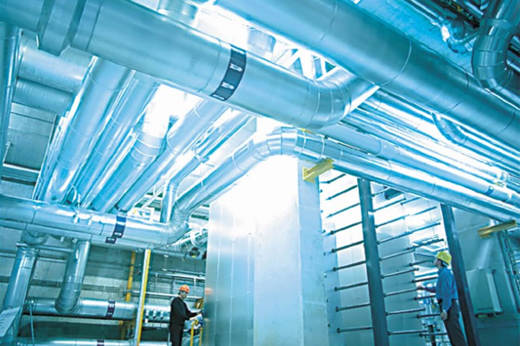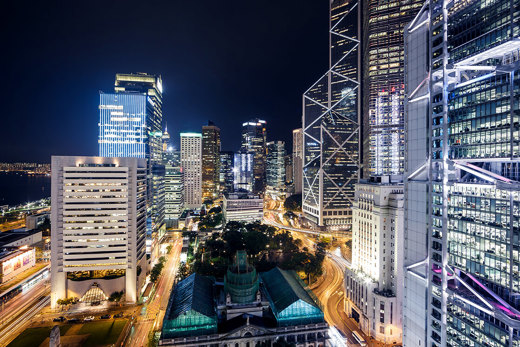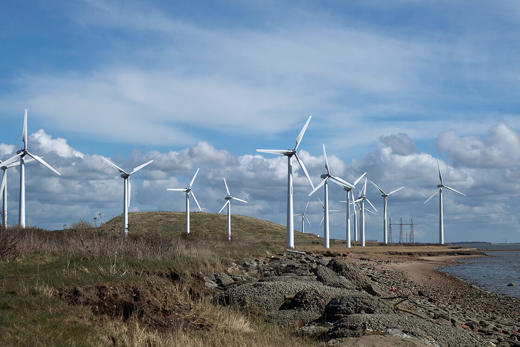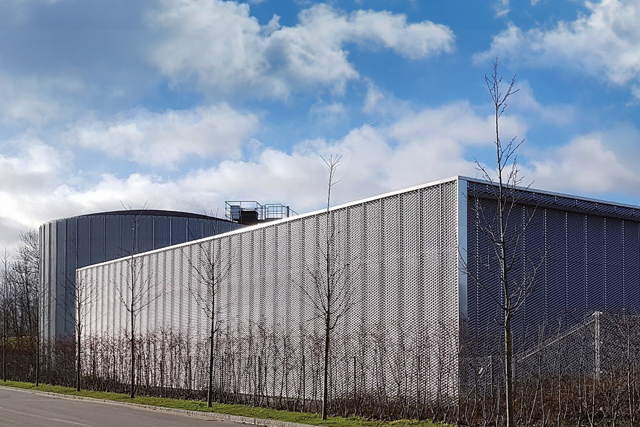Reduce cooling energy consumption by 50% through higher energy utilization
District cooling provides chilled water for indoor cooling purposes to industrial, commercial and residential buildings through a closed loop pipe network.
Functionally and technically, it is similar to district heating.
A district cooling system can reduce the electrical consumption with 25-90% compared to a traditional cooling system.

How does district cooling work?
District cooling delivers chilled water to offices, shopping malls, apartments and other kinds of buildings that need indoor cooling.
Through the district cooling network, the cooling plant pumps chilled supply water to buildings. The chilled water is fed into the individual buildings’ own cooling systems through a heat exchanger.
When the water has cooled the building, it returns to the cooling plant at a higher temperature where it is chilled again and redistributed in a closed loop.
The cold water used in district cooling normally comes from electric chillers but could also come from absorption chillers when there is a high temperature source available. District cooling also enables the so called "free cooling" using water pumped from cold sources like deep sea water or lakes.

Environmentally Friendly & Energy-Efficient Cooling Supply
District cooling can be produced from local natural resources like sea water, or from chillers running on steam or electricity, which makes it an environmentally friendly option. It is also a reliable and highly secure source of cooling.
A district cooling system can reduce the electrical consumption with 25-90% compared to a traditional cooling system. It can drastically reduce electricity use during peak demand periods, too. A network with electric chillers for cold storage helps reduce peak electricity demand for cooling in a city by shifting production to periods of the day or night when there is less run on the electrical network.

District cooling enables a green future
District cooling is becoming more and more relevant as the need for clean cooling increases worldwide.
In Europe the number of commercial and institutional buildings having a cooling system is growing fast. At the same time, CO2 reduction is high on political agendas.
Because of its combination of renewable and surplus energies, district cooling emits significantly less CO2 than conventional cooling systems and emits no hazardous refrigerants.
Articles
Case stories

The role of district cooling in the future energy systems
The purpose of this paper is to underline the benefits district cooling can bring to cities and their inhabitants and discuss common challenges and best practices to ensure stable and economic operation of the system.




